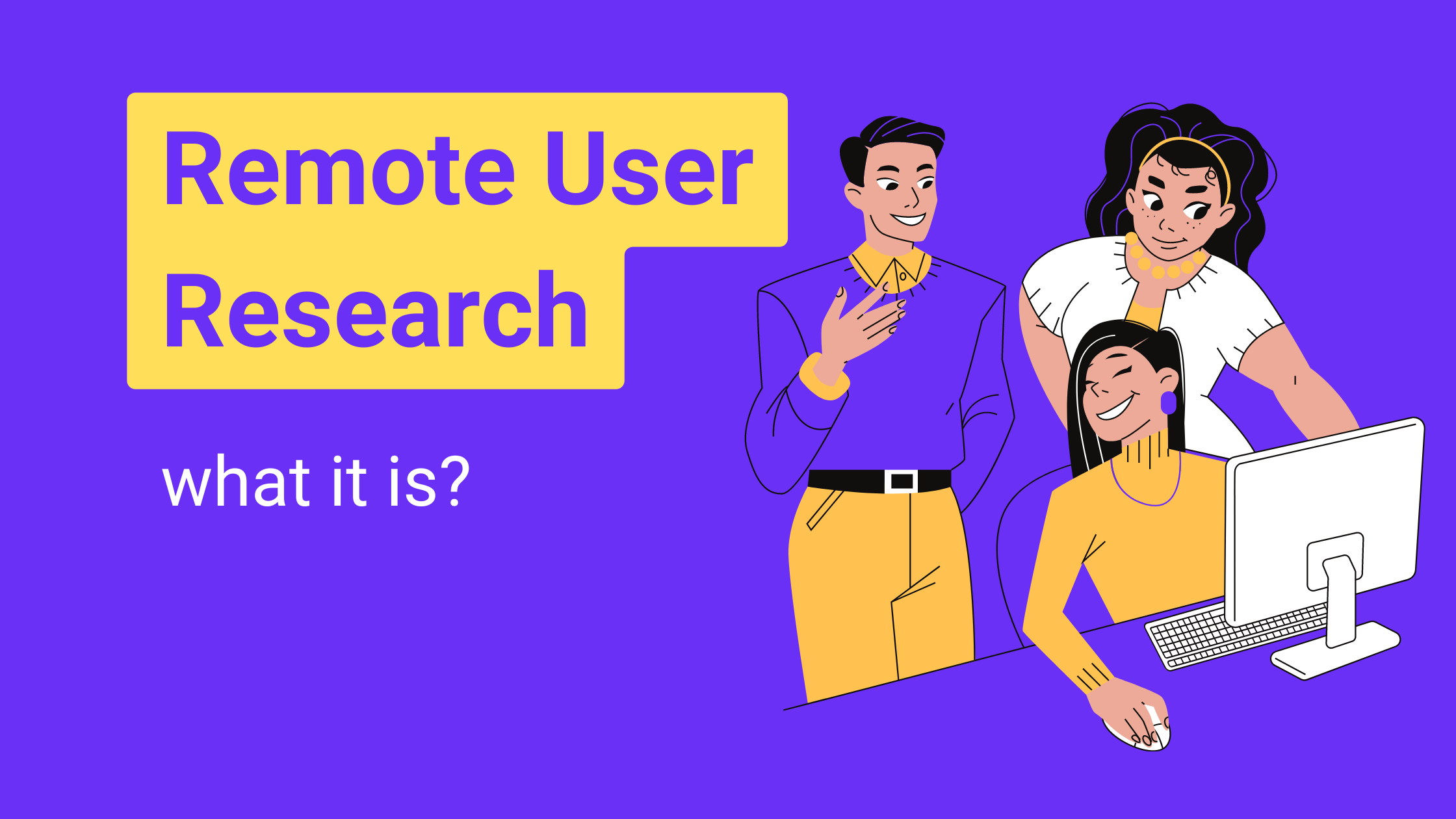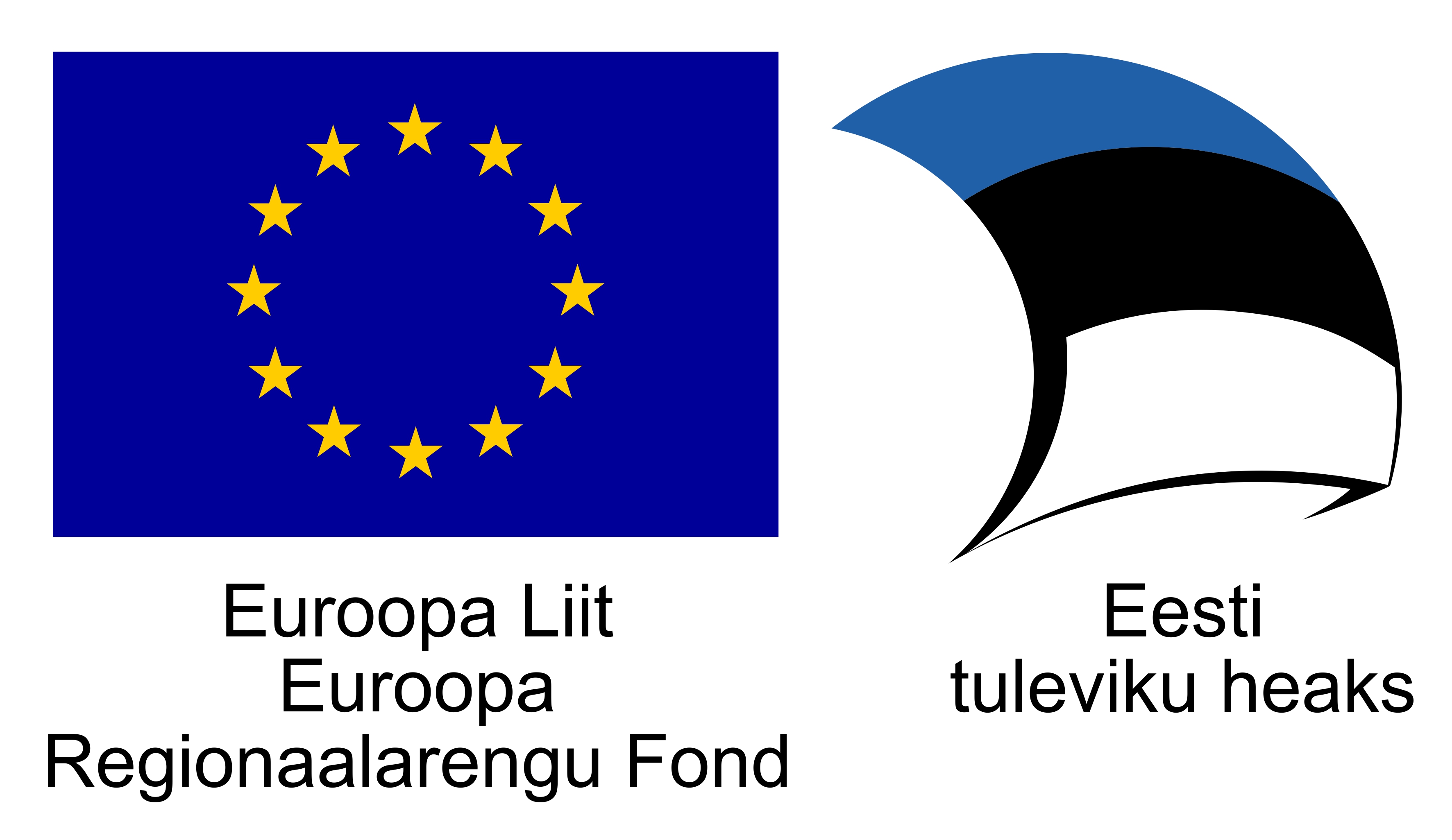Remote user research – what it is?

What leaps to your mind when you see the word ‘Remote’ is something done from a distance, without any physical contact. Remote research is usually undertaken when the field research isn’t possible, feasible, or required. It is often conducted when a research group is in two different locations and remote co-operation between them would be more efficient. If you’re working with an audience across the globe, remote user testing can provide the rich data to help make informed decisions. In this article, we will expound on the whole concept of remote user research.

What Is Remote User Research?
User feedback is the key to making any business successful. Whether you’re launching an app, redesigning a website, refining product features, or making ongoing improvements to your customer experience. So how do you go about getting that feedback?
Remote user research is a fast, reliable, and scalable way to get the insights you need to improve your customer experience.
Unlike traditional in-lab usability testing or focus groups, you can recruit contributors and get results in a matter of hours, not days or weeks. You’re not limited by your location, schedule, or facilities. You’ll get candid feedback from real people in your target demographic in their natural environment: at home, or wherever they’d ordinarily interact with your product.
Performing remote user research on a regular basis helps you:
- Validate your product ideas before committing resources
- Influence decision-makers in your company to make improvements
- Align your team on priorities
- Identify opportunities to differentiate your company from your competition
- Transform your company’s approach to customer experience
What Is Usability Testing?
One of the most popular remote user research methodologies is usability testing. Performing remote usability testing allows you to gather insights on:
- Visual design (how it looks)
- Interaction design (how it works)
- Content (what it says and how it sounds)
- Functionality (what it does)
Usability testing typically focuses on the qualitative aspect of feedback rather than quantitative. For example, usability testing:
- Gathers a narrative instead of numbers
- Answers why or how, versus how many or how much
- Observes a small sample size rather than a large sample size
- Is cheaper and faster versus expensive and time-consuming
- Helps understand or discover, instead of proving a point
- Provides subjective feedback rather than objective
Shaping your remote research: the key questions
Certainly, remote works better for some methods than others, but the primary variable to remember is the literal distance between you and your information. How will your approach shift when you’re no longer in the room with your users? A secondary variable in considering remote research is the level of synchrony or moderation. The communication flow can be moderated (like a remote interview), or unmoderated.
Moderated remote research is synchronous. You’re “there” with the participant, walking them through a task or activity, and seeing as they see in real-time. This variant most closely replicates your traditional in-field methods, of course (in-homes, observational work), but requires careful scheduling by both you and the participant.
Unmoderated research puts time between you and the participant more clearly: you may be waiting minutes (or hours) for your data to “come in” to whichever platform or tool you’re using. This is the approach many researchers need more time to adjust to, as it’s the disruptive nature of the waiting time that can feel off.
Summary:
- Remote user research is a fast and reliable way to get the insights you need to improve your customer experience
- Unlike traditional in-lab usability testing or focus groups, you can recruit contributors, get results in a matter of hours, not days or weeks
- One of the most popular remote user research methodologies is usability testing, which can help you quickly get qualitative feedback
The more you understand your customers, the better you can create products that meet their expectations, tailor your strategy to their specific needs, and increase your chances for success.


